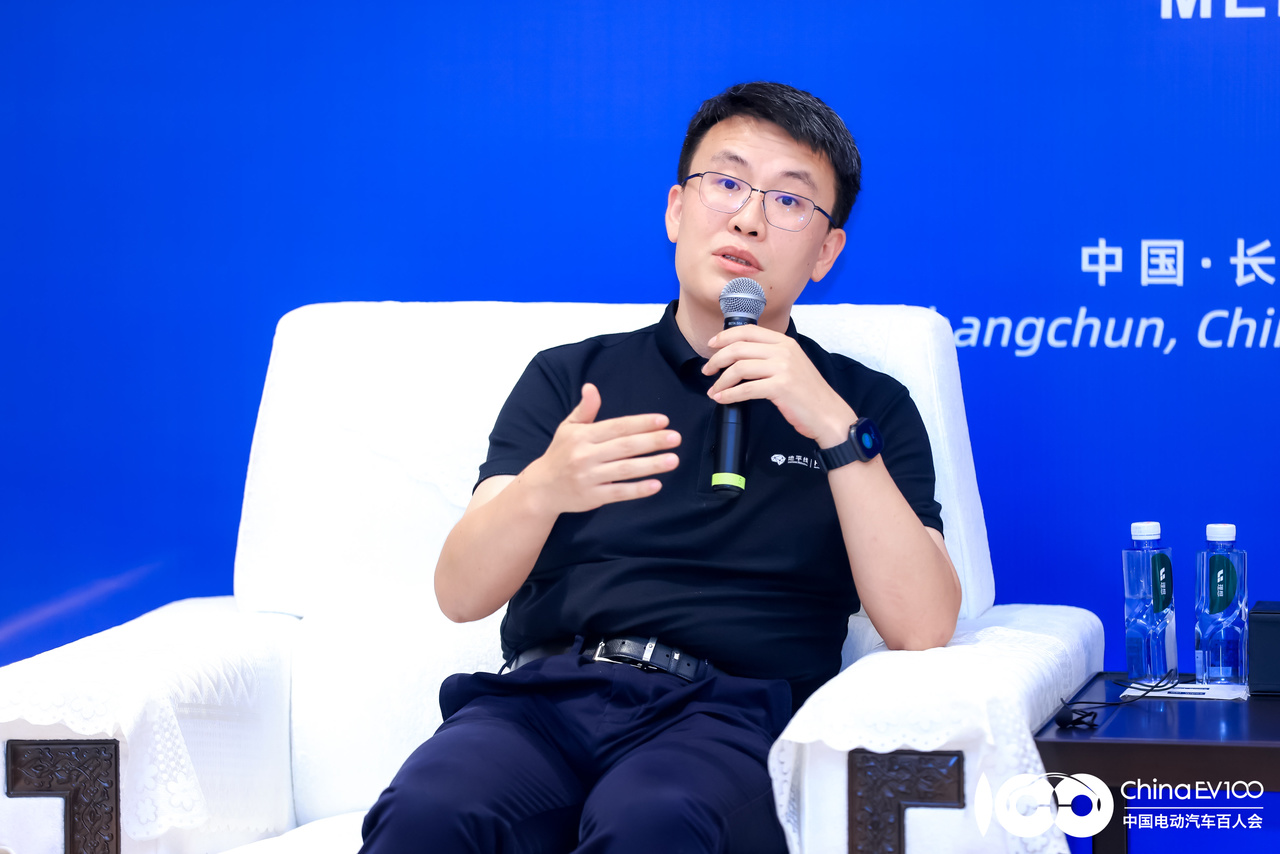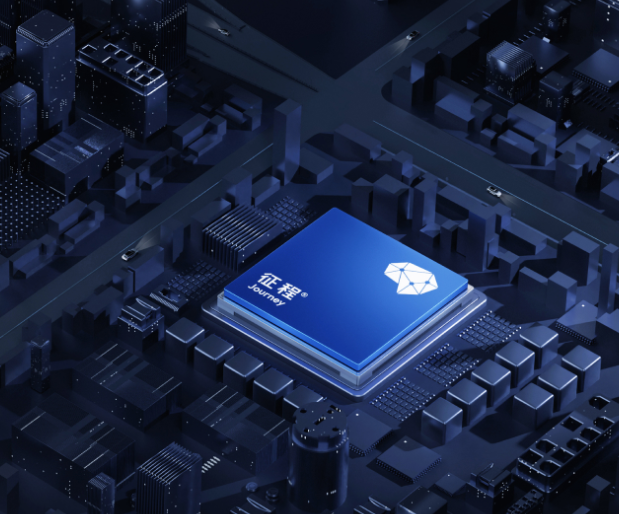The current smart driving sector is at a critical juncture of technological iteration and commercial realization, where strategic choices of leading companies not only impact their own development but also reflect the evolution of the industry. He Xiaopeng, the CEO of XPeng Motors, proposed the 'three pillars of autonomous driving capability' theory: the product of computing power, algorithms, and data determines the level of intelligent driving. As a key player in the smart driving industry, Horizon Robotics' understanding and layout of these three elements not only affect its own trajectory but also reflect the overall direction of industry evolution. On July 15, the 2025 New Energy Smart Vehicle Development Forum was held in Changchun, where media outlets like Gaishi Auto engaged in discussions with Lu Peng, VP of Horizon Robotics, about computing power, algorithms, and data in intelligent driving. Through an in-depth analysis of Lu Peng's interview content, we may glimpse the competitive core and future direction of the smart driving industry.
Horizon is essentially a software company. Computing power is the foundational support for the realization of smart driving technology, and its development shows characteristics of both competition and adaptation. Currently, the competition in the computing power of intelligent driving chips is intensifying. NVIDIA's Orin, a system-on-chip designed specifically for autonomous vehicles, boasts a computing power of 254 TOPS. This chip supports L2+ to L5 level autonomous driving systems and meets the parallel computing needs of high-level autonomous driving, automatic parking, and intelligent cockpit through its scalable architecture. By 2025, Orin is set to become a mainstream configuration for high-end models of Chinese automakers, including XPeng's G9 and Li Auto's L9.
NVIDIA's DRIVE Thor, launched in 2022, is a centralized vehicle computing platform designed to integrate autonomous driving, intelligent cockpit, and in-vehicle infotainment functions into a single system-on-chip (SoC). It can achieve up to 2000 TOPS AI computing power and 2000 TFLOPS floating-point computing power, unifying various smart functions, including autonomous driving, assisted driving, parking, driver monitoring, digital dashboards, and in-vehicle entertainment, into a single architecture to improve efficiency and reduce overall system power consumption, with mass production planned for 2025. This chip is primarily used by Geely Group's Zeekr brand, supporting upgrades from L2+ level assisted driving to L5 level fully autonomous driving.
In June of this year, the overseas automotive media Not A Tesla App reported that Tesla's next-generation Full Self-Driving (FSD) chip AI 5 has officially entered mass production, with pre-computing power reaching 2000-2500 TOPS, an improvement of 4-5 times over AI 4. This news has been repeatedly reported, and Korean site ML.co also indicated that the Tesla AI 5 chip's computing power is expected to reach 2000-2500 TOPS. Theoretically, L2 level tasks like automatic parking and urban NOA require dozens to hundreds of TOPS, while L3 and higher levels need to exceed the 1000 TOPS threshold to meet real-time inference requirements for end-to-end models. In comparison, both NVIDIA and Tesla have pushed chip computing power to L3+ levels based on their extensive application of L2.
As Zhang Yongwei, Deputy Secretary-General of the China Electric Vehicle 100 Forum, stated, higher-level autonomous driving is currently in a phase of intense R&D competition, despite not being industrialized. In this regard, Lu Peng emphasized that Horizon adheres to a soft-hard collaborative development model, allowing computing power to be utilized efficiently through software-defined chips. "Horizon is essentially a software company, and by defining chips through software, we can achieve better performance," Lu Peng stated. He believes that from an industry perspective, high computing power is a future development trend. "In the past, marketing often drove the announcement of chip computing power, as software capabilities did not keep pace; now, as software capabilities have evolved to end-to-end, greater computing power is inherently required, posing certain operational challenges for automakers," he noted.
However, Lu Peng also pointed out that the decline in battery costs, the development of integrated cabin technology, and the continued effects of Moore's Law will provide room for cost optimization of high computing power chips. Algorithms are the 'brains' of intelligent driving, serving as the core bridge connecting computing power and data, and their quality directly affects the performance of intelligent driving systems. Lu Peng believes that algorithm iteration requires robust computing power support while also relying on high-quality data for training and optimization. He remarked, "In the realm of AI, data is crucial, but if a large amount of consumer data is used in driving, the resulting model will likely learn mediocre or below-average driving capabilities, as many people have poor driving habits, and not everyone is a good driver. True AI needs to accumulate genuinely valuable and efficient data, even data from experts. Horizon has specialized data collection to ensure better data can train better models, preventing the model from learning poor behaviors. Additionally, in many scenarios, reinforcement learning is essential, which does not rely on real data but rather provides it with positive behaviors, thus better addressing data issues."
Key Insights into Smart Driving Industry from Horizon Robotics VP

Images

Share this post on: